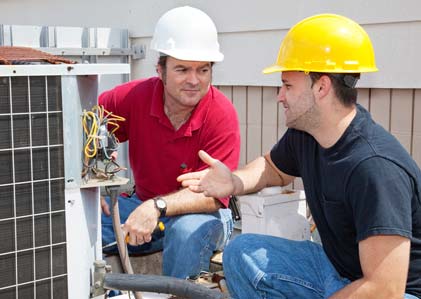Methodology
In assembling our list of the best careers in renewable energy, we chose a few limiting parameters.
- Firstly, the careers on this list are mainly high-paying, with most salaries that beat the national median wage per the U.S. Bureau of Labor Statistics (BLS May 2019).
- Secondly, they’re high-growth, outperforming the BLS’s average national growth rate for all professions (5 percent, 2018-2028)—sometimes by a gargantuan margin.
- Finally, these careers are all easily attainable, with none requiring a bachelor’s degree, although it couldn’t hurt.
There’s never been a better time to go green, and your new career in renewable energy is closer than ever. Read on to get started.



